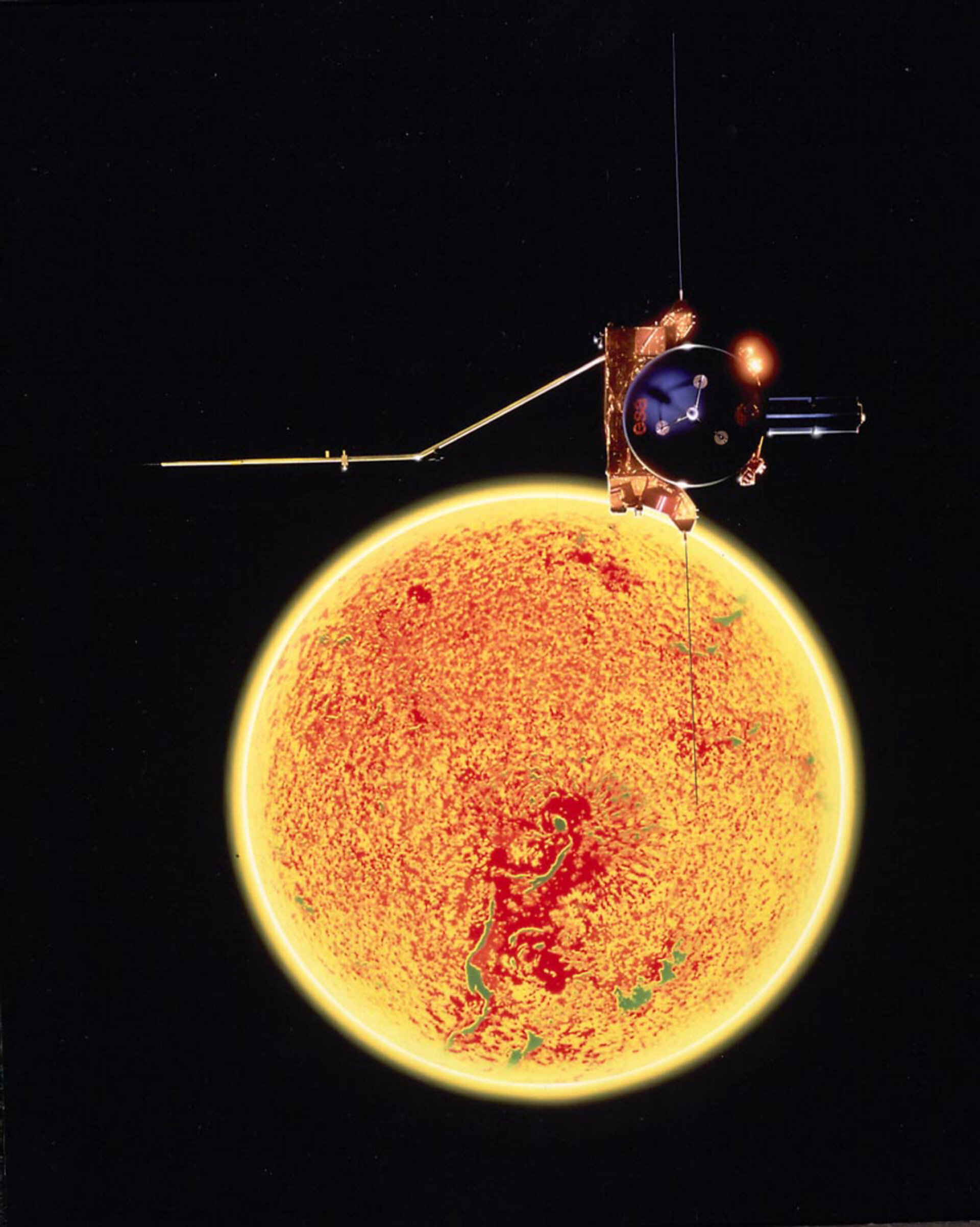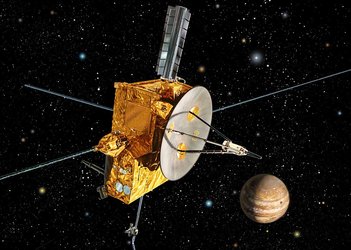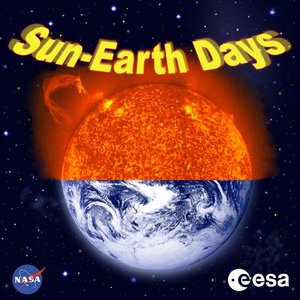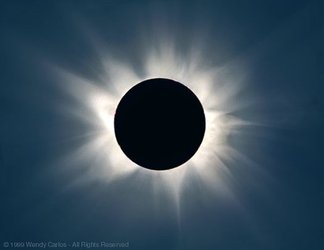Happy birthday, Ulysses!
Fourteen years ago, on 6 October 1990, the US Space Shuttle Discovery lifted off from Cape Canaveral with the ESA/NASA Ulysses spacecraft on board. Ulysses is now charting the poles of the Sun.
Exploring our star's environment is vital if we are to understand the Sun, how it works and its effect on the Solar System.
The Ulysses mission was named after the hero of Greek legend. In the 26th Canto of the 'Inferno', Dante describes his last voyage. He had gathered his crew for one final adventure, but storms and setbacks caused his crew to become restless.
Ulysses inspired his wavering comrades with talk of a journey which would 'search for the uninhabited world behind the Sun', exactly the destination of ESA's namesake mission.
After launch, the Ulysses spacecraft headed out to Jupiter, arriving in February 1992 for the gravity-assist manoeuvre that swung the craft into its unique solar orbit. It passed over the Sun's south pole in 1994, and the north pole in 1995.
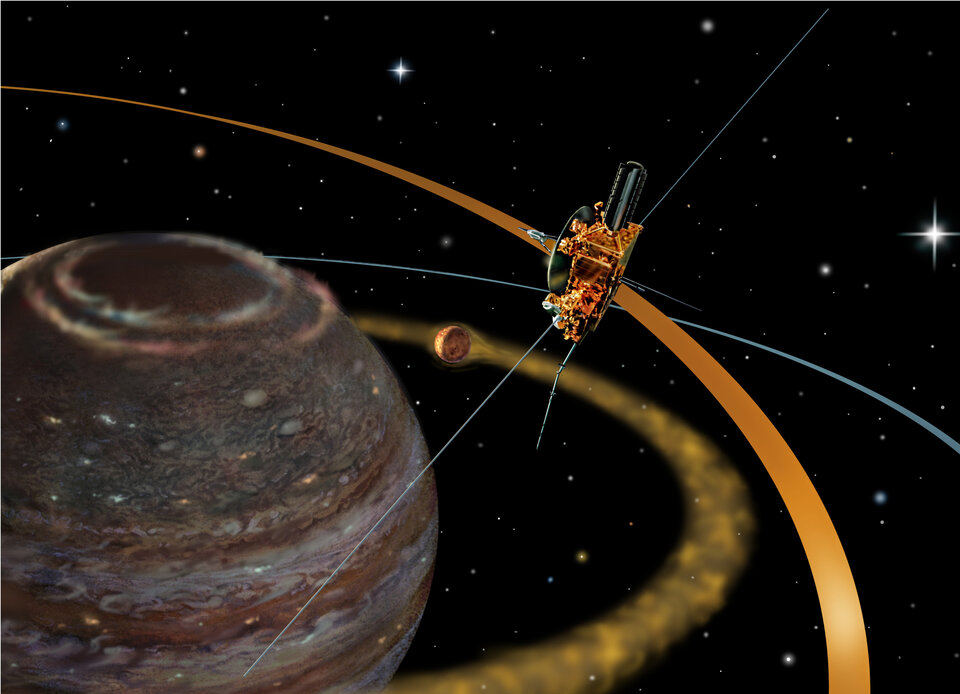
Beginning its second complete orbit of the Sun in 1998, Ulysses revisited the south pole in 2000 and the north a year later. At that time, the Sun was close to the peak of its 11-year activity cycle.
Ulysses then headed back out to the orbit of Jupiter on the long leg of its six-year circuit around the Sun.
During its encounters with Jupiter, Ulysses spacecraft detected streams of dust particles flowing from the giant planet using the DUST instrument on board, designed for just this purpose. The observations on the second encounter found the most distant dust stream ever recorded - nearly 500 million kilometres from Jupiter.
By studying the behaviour of these dust stream particles, we hope to gain an insight into processes that led to the formation of the moons and planets in our Solar System. Dust particles carry information about charging processes in regions of Jupiter’s magnetosphere that are difficult to study by other means.
Ulysses is helping to improve 'solar weather forecasting'. Before Ulysses, physicists knew that the solar wind streams from the Sun at two speeds, fast and slow.
At solar minimum, the fast wind emerges from 'holes' in the Sun's corona, or atmosphere, near the poles and the slow wind from streamers near the equator. Ulysses found that the boundary between the two wind speeds is well defined and that the fast wind pushes the slow wind towards the equator.


